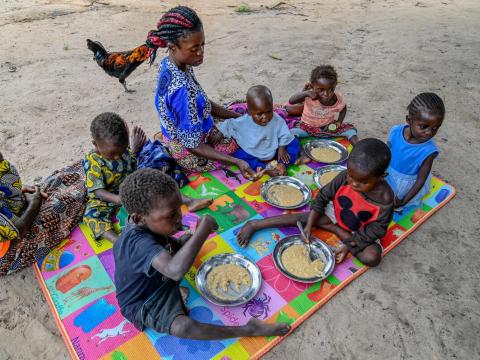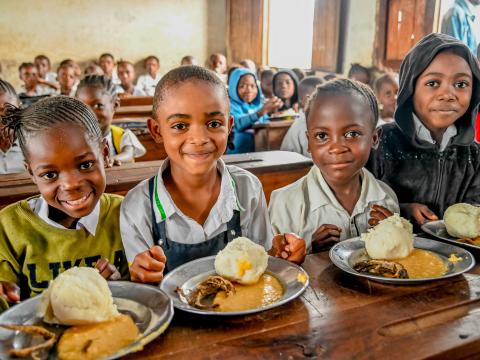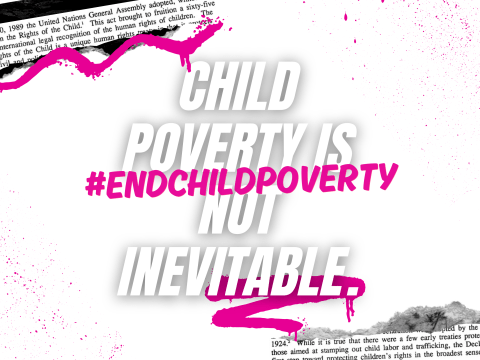
Breaking the Cycle: How only integrated services can end child poverty
Sanaa Maalouf explains that a new report reveals that ending child poverty is possible—but won't happen through fragmented or short-term responses.
The world is changing—and too often, not in ways that serve the best interests of children. Crises are converging and compounding: armed conflict, economic shocks, the climate crisis, and political instability are reshaping the lives of millions. These disruptions are hitting children hardest. Needs are rising fast, even as resources stagnate or decline.
Children represent more than half of the total population living in extreme poverty and progress in poverty reduction is slower for children than for the population as a whole. More than 859 million children are living in multidimensional poverty—deprived of the basics such as nutrition, clean water, education, and healthcare. Over 300 million children survive on less than $2.15 a day. Despite decades of progress, we are now off track to meet the Sustainable Development Goals for children.
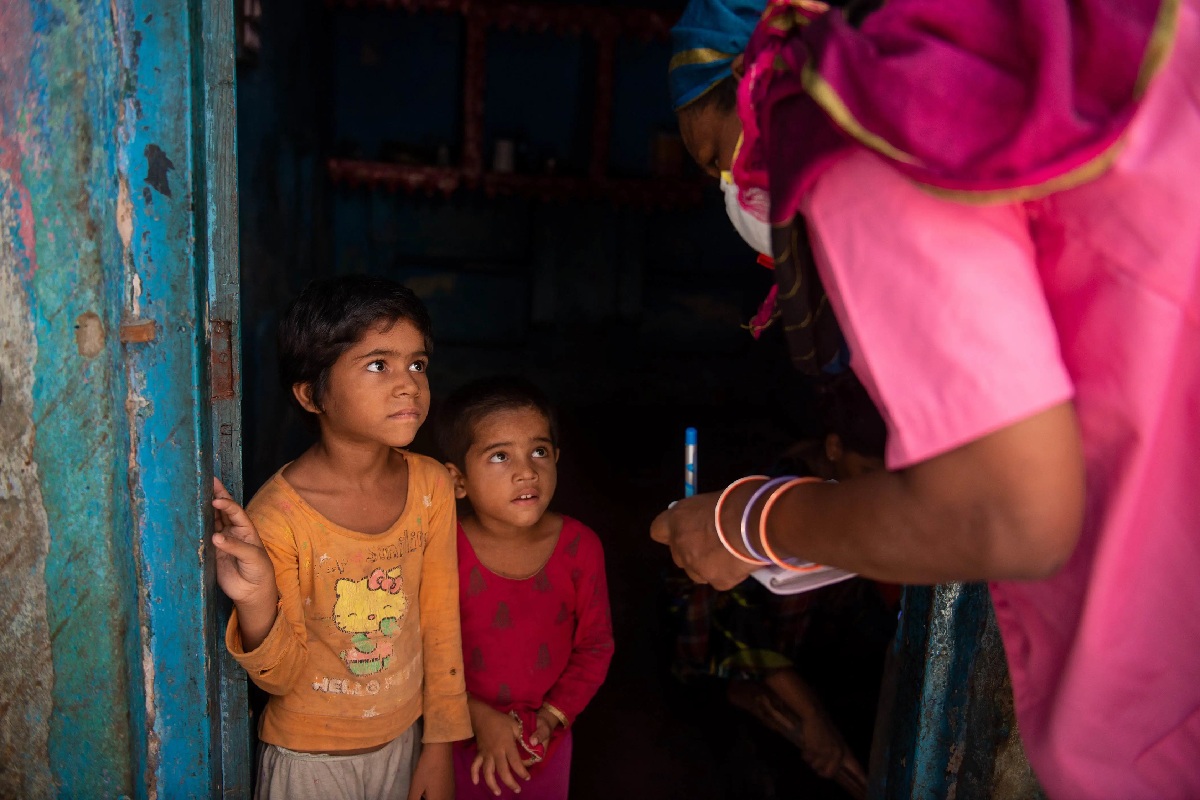
Amidst this sad reality, we remain hopeful. The Global Coalition to End Child Poverty has launched a new flagship report: What Works to Reduce Child Poverty? This timely resource draws on lessons from seven countries that have made notable progress—despite diverse and challenging contexts—and offers evidence on the policies and integrated approaches that are helping to break the cycle of child poverty.
A growing crisis of needs amid falling commitments
The report’s findings confirm what many of us are seeing in our work with children and communities: progress in reducing child poverty is slowing—and in some contexts, reversing. Sub-Saharan Africa and parts of the Middle East and North Africa are witnessing stagnation or increases in both monetary and multidimensional child poverty. Meanwhile, donor funding as a share of GDP is dropping even further.
Governments are under extraordinary fiscal pressure. National budgets are being stretched thin by inflation, debt, and emergencies. As a result, gaps are widening in the very systems and services meant to protect children, education, health, nutrition, social protection, and child protection.
Social protection and integrated services for children: A non-negotiable foundation
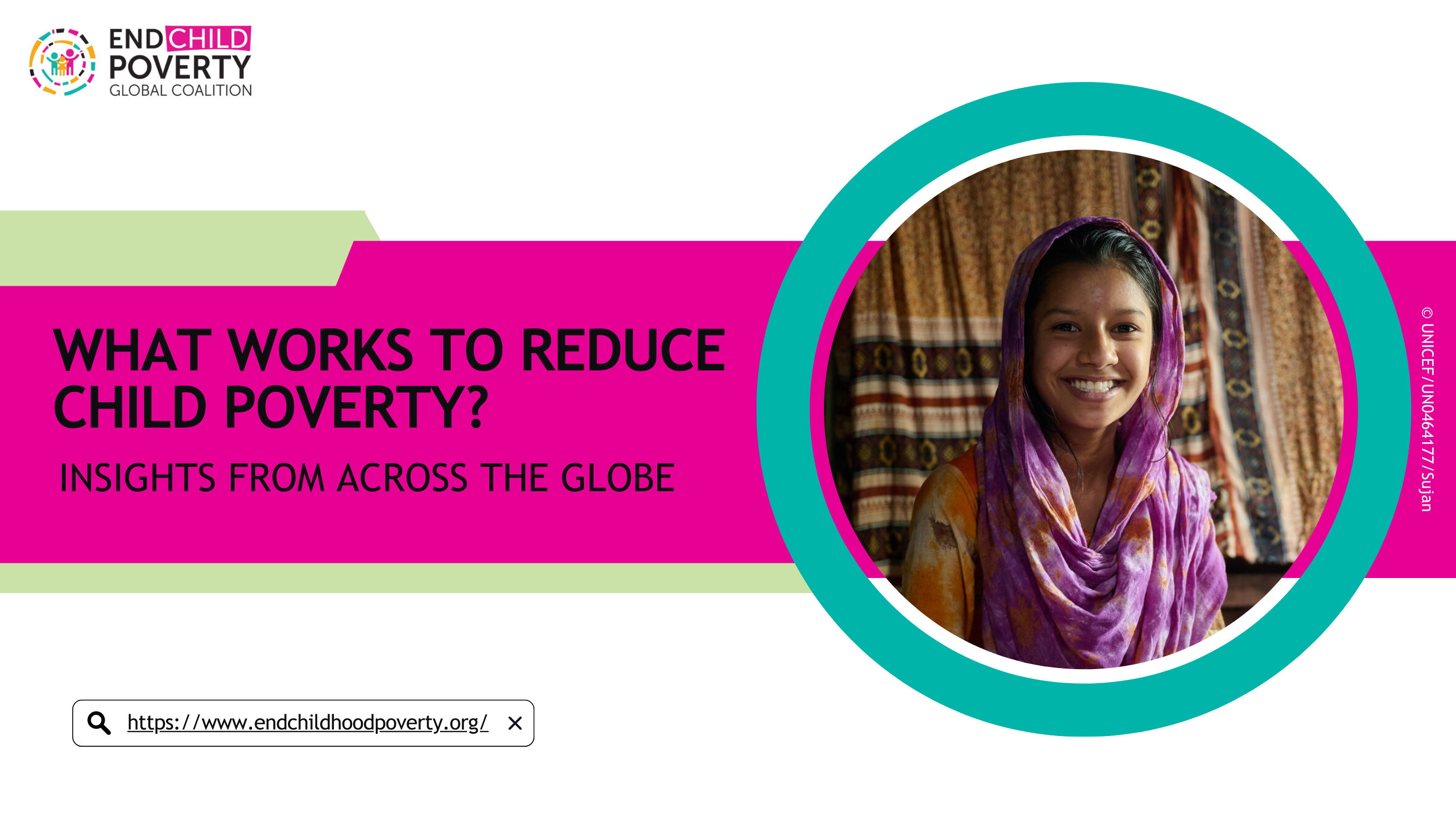
The case studies in the report show that real progress against child poverty happens when services are integrated and inclusive, and when robust social protection systems are in place. Countries that made the most progress— Bangladesh, Cambodia, Indonesia, Peru, Poland, Tanzania and Senegal—did not rely on isolated interventions. Instead, they aligned social protection with health, education, water, sanitation, and nutrition.
In Bangladesh, coordinated investments in health, nutrition, and sanitation have led to a major drop in stunting. In Peru, cash transfers and early childhood programmes worked in tandem to improve cognitive and developmental outcomes. In Indonesia and Senegal, health insurance, cash transfers, and education support programmes together tackled both monetary and multidimensional poverty.
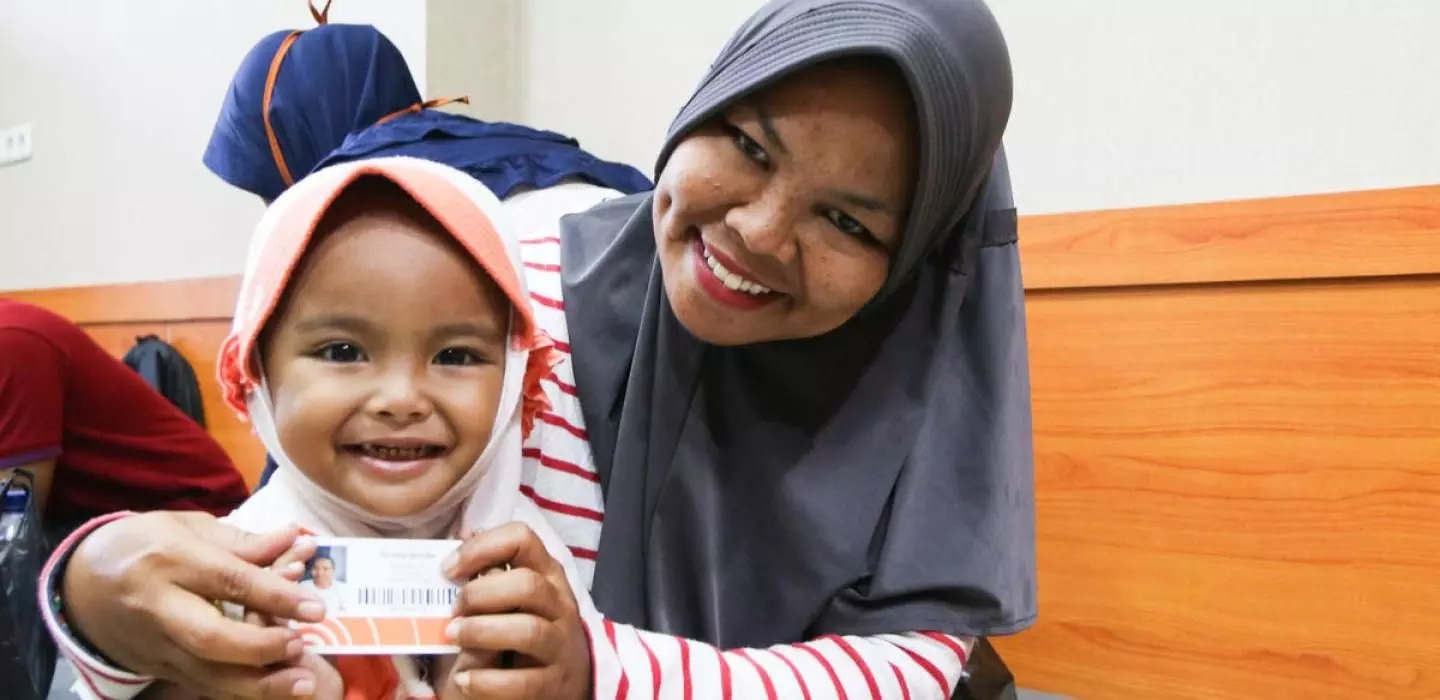
In Indonesia, conditional cash transfers combined with national health insurance and education subsidies, helped reduce both income-based and multidimensional poverty. Infrastructure investments and targeted support in underserved regions helped expand access to essential services for children and families.
Integrated investments are not just an option—they are essential. Short-term disconnected interventions may yield short-term relief, but they fail to create sustainable change. When children’s needs are met in silos, they are rarely met in full.
To reduce child poverty sustainably, education services must link with nutrition; health must connect with clean water; and social protection must be embedded in systems that are targeted, responsive and inclusive.
The report also finds that multidimensional poverty is proving harder to reduce than monetary poverty, particularly in lower-income countries. This signals the need to go beyond GDP growth or income support alone. Progress demands a broader social contract that invests in the rights and capabilities of every child, centering children’s rights and wellbeing across all sectors.
A shared responsibility to prioritize children
Ending child poverty is possible—but it will not happen through fragmented or short-term responses. It requires political will, investment and commitment to system strengthening for the provision of integrated, equitable, and child-focused services.
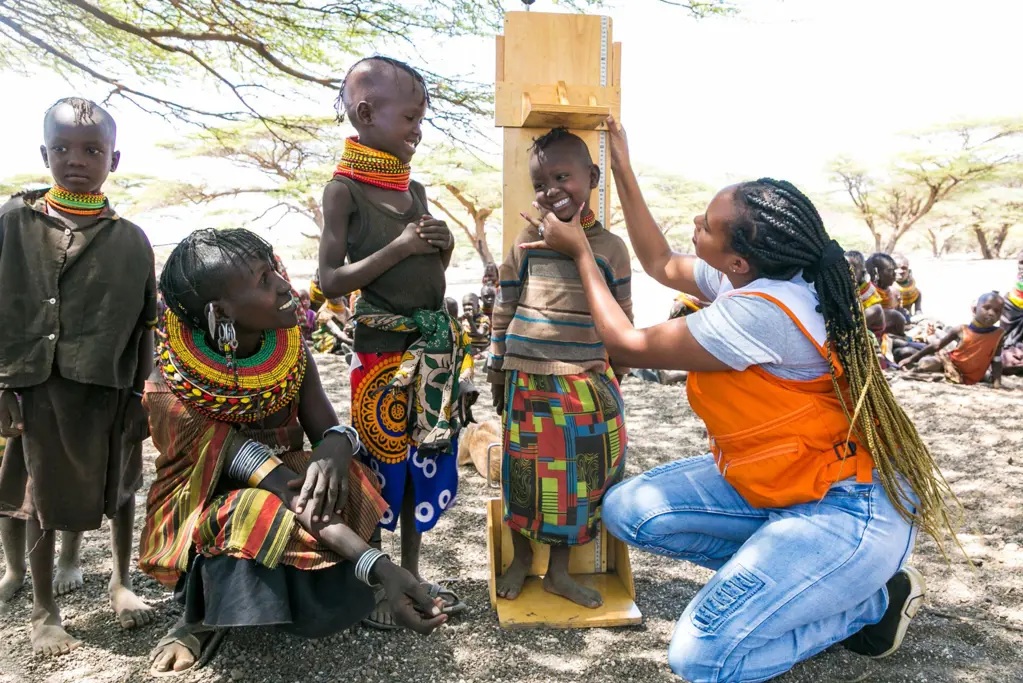
National governments carry the primary responsibility to protect and uplift children—but they cannot do it alone. International partners must step up, sustain their support, and align financing with national priorities and evidence-based strategies.
World Vision joins the Global Coalition to End Child Poverty in calling for bold, integrated action and investment towards ending child poverty.
ENDS
World Vision is currently finalising an in-depth policy analysis about the gaps in policies and systems for the provision of essential services in 7 countries, as part of its national and global advocacy for the provision of an integrated package of essential services for children. To receive a link to this analysis when it is available email sanaa_maalouf@wvi.org
To read the report What works to reduce child poverty? Click here
Sanaa Maalouf serves as the Policy Advisor on Justice for Children within the Global Advocacy and External Engagement team at World Vision International. She brings over 14 years of experience in development and humanitarian policy and advocacy. Prior to joining the global team, Sanaa worked for several years with World Vision’s Lebanon office, where she supported policy analysis and led advocacy efforts on different issues. She currently leads policy analysis and advocacy to advance children’s rights in different spaces and with diverse stakeholders. She holds a Master’s degree in Public Health and is a mother of three children, who fuel her passion for child rights and justice.
